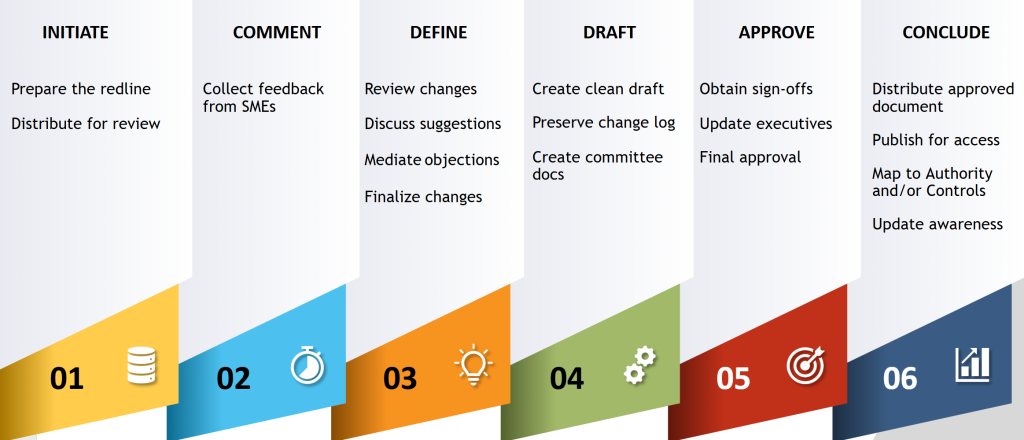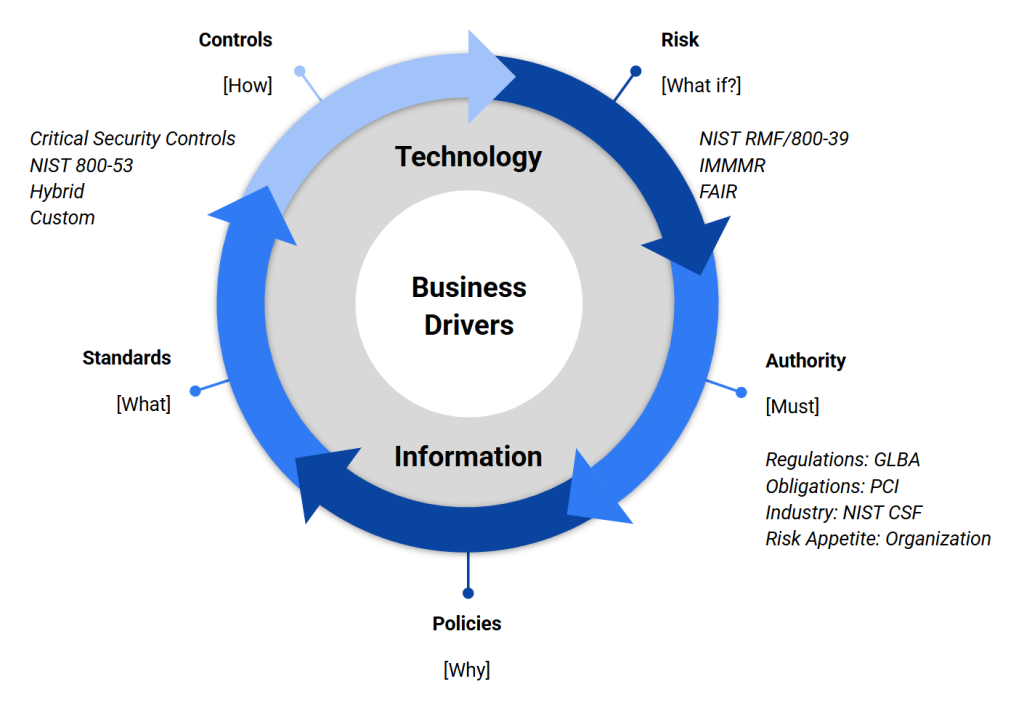
One thing I underestimated when I first started building my GRC platform was the amount of flexibility people want when it comes to metadata. Everyone asks for “just a couple of extra fields,” and before you know it, you’re knee-deep in requirements around conditional logic, multi-model support, imports, exports, surveys, reporting, and tenant isolation.
Custom fields seem simple until you actually start designing them for a multi-tenant GRC environment. That’s when the fun begins.
Here are the real challenges I hit, and the approach that finally worked.
(more…)






